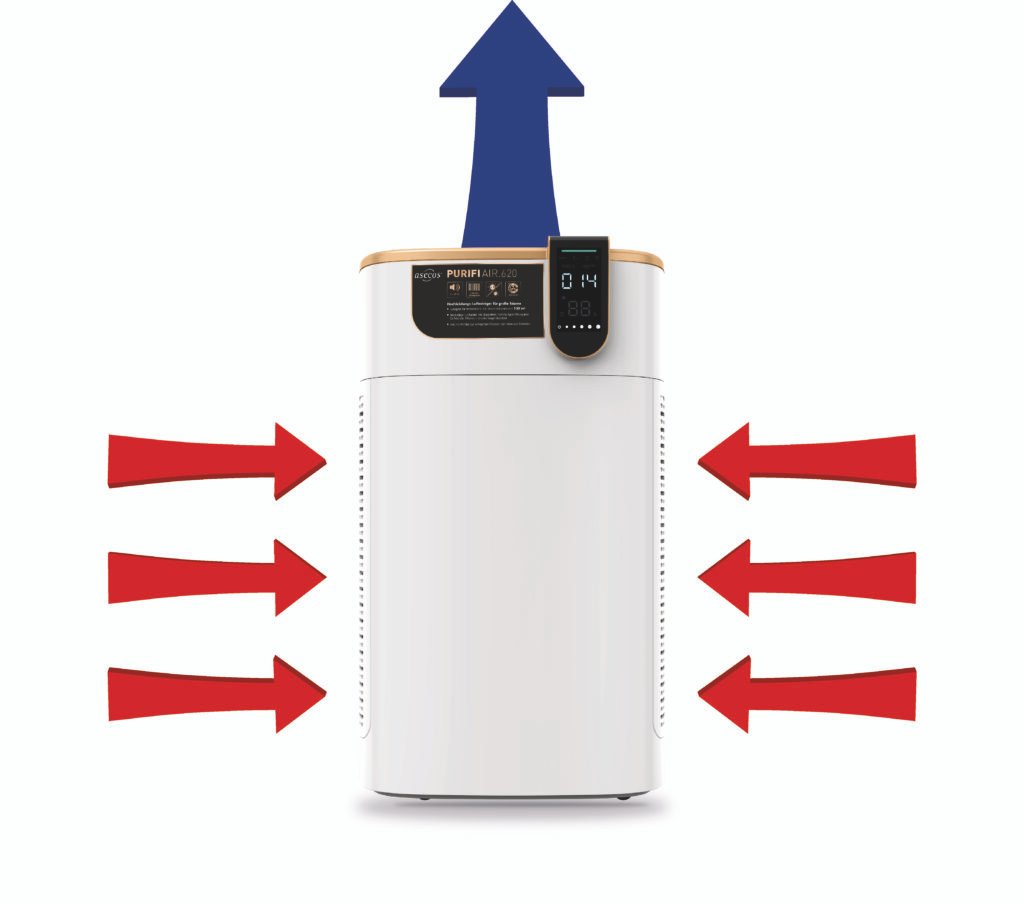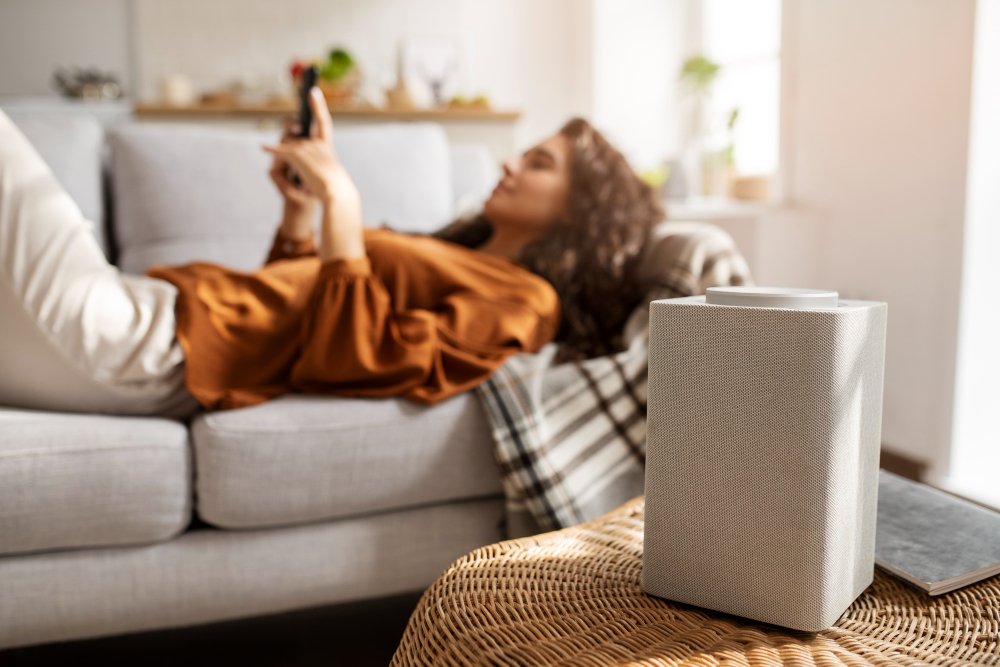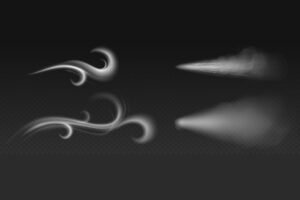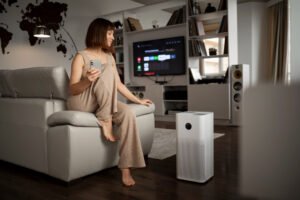An air purifier is a device that removes contaminants from the air, such as dust, pollen, smoke, and other particles, to improve indoor air quality. There are different types of air purifiers, but most work by using filters to capture particles or by ionizing air molecules to attract contaminants.

Here is how a typical air purifier works:
- Air intake: The air purifier pulls in air from the surrounding environment, often using a fan.
- Pre-filter: As the air enters the purifier, it passes through a pre-filter that captures large particles like hair, dust, and dirt.
- Main filter: The air then passes through the main filter, which is designed to capture smaller particles like pollen, mold spores, and bacteria. Some air purifiers use high-efficiency particulate air (HEPA) filters, which are capable of capturing particles as small as 0.3 microns with 99.97% efficiency.
- Activated carbon filter (optional): Some air purifiers have an activated carbon filter, which is designed to capture volatile organic compounds (VOCs), such as chemicals and odors.
- Ionizer (optional): Some air purifiers also have an ionizer that emits negative ions into the air. These ions attach to the positively charged particles in the air, such as dust and allergens, making them too heavy to remain airborne, and causing them to settle on surfaces.
- Clean air output: Finally, the purified air is released back into the room, often using a fan.
By removing particles and contaminants from the air, air purifiers can help reduce symptoms of allergies and asthma, and improve overall indoor air quality.
There are several types of air purifier filters, including:
- HEPA Filters: These filters are highly effective at capturing particles as small as 0.3 microns, including dust, pollen, pet dander, and other allergens.
- Carbon Filters: These filters are designed to capture and absorb odors, smoke, and chemicals from the air.
- UV-C Filters: These filters use ultraviolet light to kill bacteria, viruses, and other microorganisms that may be present in the air.
- Ionic Filters: These filters use an electrical charge to attract and trap particles in the air.
- Electrostatic Filters: These filters use an electrostatic charge to capture particles in the air.
- Ozone Filters: These filters produce ozone, a gas that can help neutralize odors and kill some bacteria and viruses in the air. However, ozone can be harmful in high concentrations, and these filters are not recommended for use in homes with people or pets present.
It’s important to note that some air purifiers may use a combination of these filters to provide comprehensive air cleaning.




